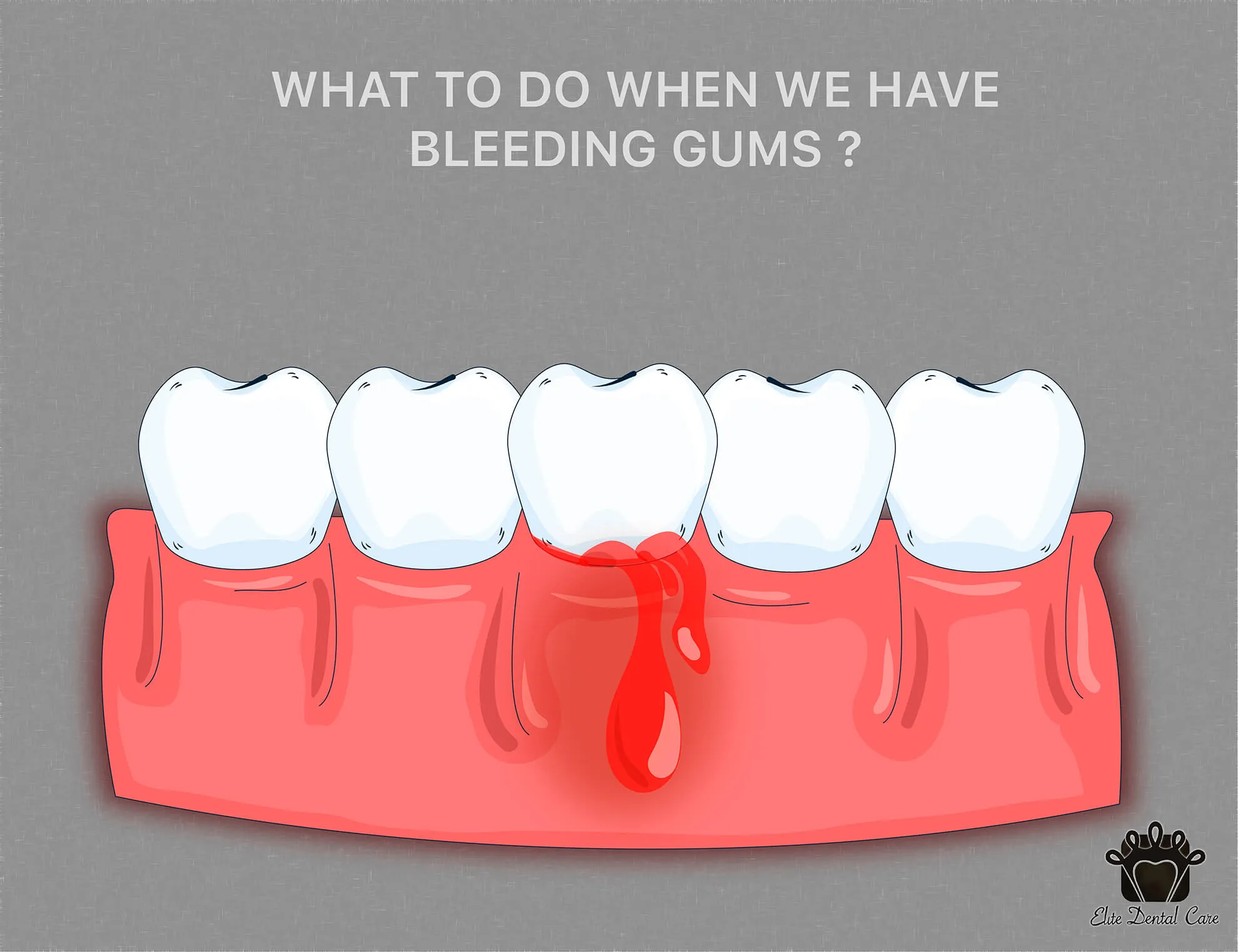Why Does Teeth Whitening Cause Bleeding Gums
Teeth whitening is a popular cosmetic procedure that can significantly enhance the appearance of your smile. However, sometimes, the process can lead to unwanted side effects, such as bleeding gums. While not always a serious issue, gum bleeding after teeth whitening can be uncomfortable and concerning. Understanding the causes behind this phenomenon is crucial for ensuring a safe and effective whitening experience. Several factors can contribute to gum bleeding, ranging from the products used to pre-existing conditions and application techniques. Addressing these underlying issues helps in preventing gum bleeding and maintaining optimal oral health. This article delves into the top 5 causes of bleeding gums after teeth whitening, offering valuable insights to help you navigate the process safely and effectively.
Aggressive Whitening Products
One of the primary causes of bleeding gums during or after teeth whitening is the use of aggressive whitening products. These products often contain high concentrations of bleaching agents, such as hydrogen peroxide or carbamide peroxide, which are designed to remove stains and whiten teeth effectively. However, these potent chemicals can also irritate and damage the delicate tissues of the gums, leading to inflammation and bleeding. Choosing milder formulations or professional treatments can mitigate this risk, ensuring a gentler approach to whitening that prioritizes both aesthetics and oral health.
High Concentration of Bleaching Agents
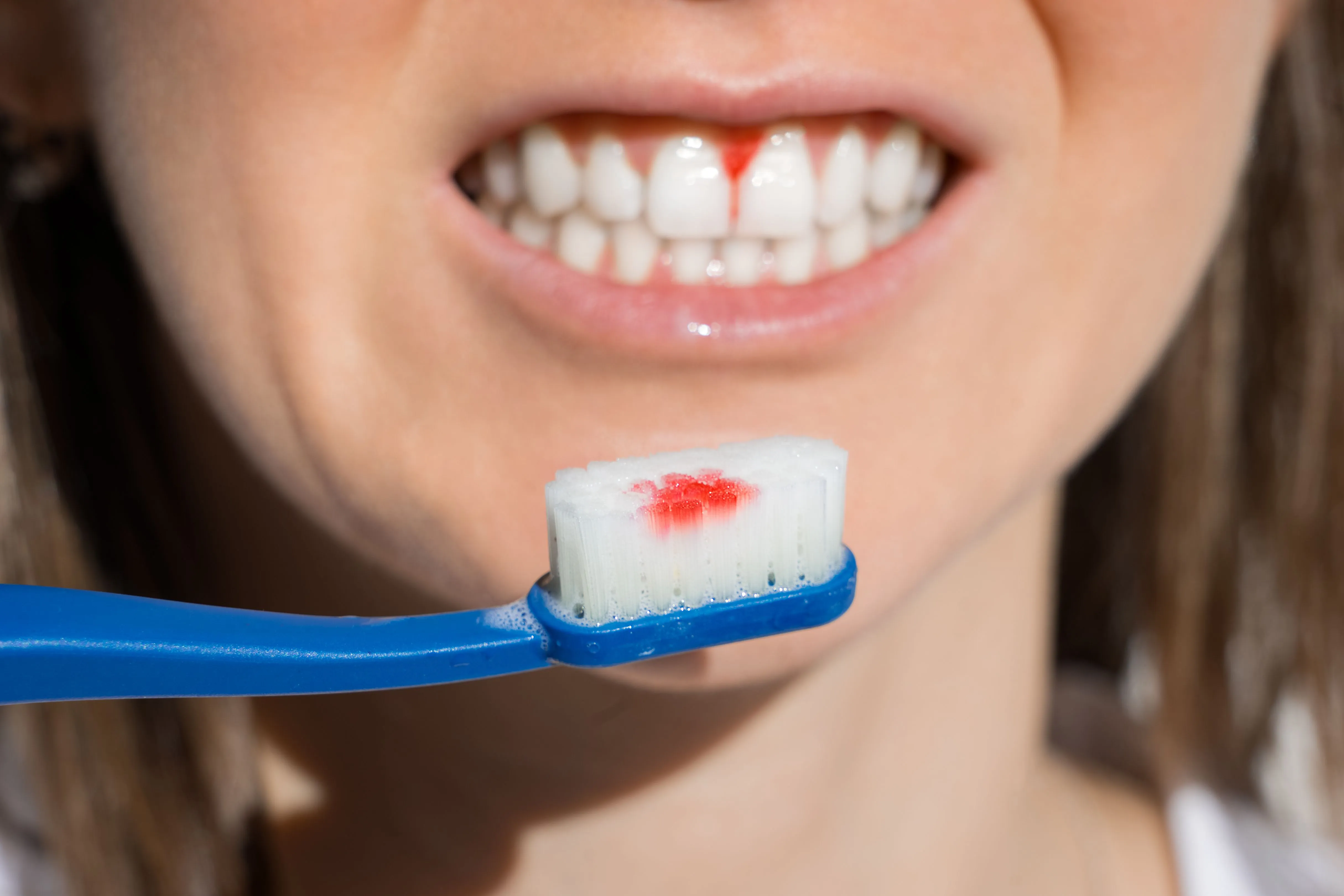
The concentration of bleaching agents in teeth whitening products plays a significant role in the likelihood of gum irritation and bleeding. Products with higher concentrations of hydrogen peroxide or carbamide peroxide are more likely to cause adverse effects. These strong chemicals can break down the protective barrier of the gums, making them more susceptible to inflammation and bleeding. Professional whitening treatments may use higher concentrations for faster results, but they are also typically administered under the supervision of a dental professional who can monitor and mitigate potential risks.
Improper Application Techniques
Incorrect application of teeth whitening products can exacerbate the risk of gum bleeding. This is particularly true with at-home whitening kits, where users may not be fully aware of proper techniques. If the whitening agent comes into direct contact with the gums for an extended period, it can cause chemical burns and irritation. The trays used in at-home kits should fit snugly to prevent leakage of the gel. Overfilling trays or using excessive amounts of the whitening product can lead to overflow onto the gums, increasing the risk of irritation and bleeding. Following the instructions carefully and ensuring a proper fit of any application devices are crucial to minimizing the risk of gum-related side effects.
Pre-existing Gum Conditions
Individuals with pre-existing gum conditions are more susceptible to bleeding gums during teeth whitening. If you already have gum disease, gingivitis, or periodontitis, the whitening process can further irritate and inflame the tissues, leading to bleeding. It is crucial to address any underlying dental issues before undergoing teeth whitening. Consulting with a dentist to assess your oral health and receive appropriate treatment for gum disease can significantly reduce the risk of complications. Whitening can often be delayed until the gums are in a healthy state. If any dental work is needed it should be taken care of before the whitening process.
Gingivitis and Periodontitis

Gingivitis, the early stage of gum disease, is characterized by inflamed and bleeding gums. Periodontitis, a more severe form, involves the destruction of the tissues and bone supporting the teeth. In either case, teeth whitening can exacerbate the inflammation and bleeding. The chemicals in whitening products can further irritate the already sensitive gums. Whitening should generally be postponed until gingivitis or periodontitis is treated and resolved by a dentist. Proper oral hygiene, including regular brushing, flossing, and professional cleanings, is essential for managing these conditions and preparing for whitening.
Sensitivity and Inflammation
Increased sensitivity and inflammation are common symptoms of gum irritation, which can lead to bleeding. Whitening agents can cause a temporary increase in tooth sensitivity. If the gums are already inflamed due to poor oral hygiene or underlying conditions, the whitening process can exacerbate the inflammation, resulting in bleeding. Addressing the underlying causes of sensitivity and inflammation, such as using desensitizing toothpaste or improving oral hygiene habits, can help mitigate these effects and make the whitening experience more comfortable.
Underlying Dental Issues
Teeth whitening can sometimes reveal or worsen underlying dental issues that contribute to gum bleeding. Cavities, tooth decay, cracked teeth, or other dental problems can make the gums more susceptible to inflammation and bleeding. The whitening process itself might not directly cause these issues, but it can highlight existing problems. Therefore, a thorough dental examination before teeth whitening is essential to identify and address any underlying issues that could complicate the process and impact gum health. Addressing these issues ensures that the whitening treatment is safe and effective, minimizing potential risks.
Cavities and Tooth Decay

Cavities and tooth decay can increase the likelihood of gum bleeding during teeth whitening. Decay weakens the tooth structure. This can allow the whitening agents to seep into the tooth and irritate the surrounding gum tissues. The inflammation and sensitivity associated with cavities can make the gums more prone to bleeding when exposed to whitening chemicals. Addressing cavities before teeth whitening is crucial. Fillings or other restorative treatments can protect the tooth structure and reduce the risk of gum irritation.
Cracked or Damaged Teeth
Cracked or damaged teeth can also contribute to gum bleeding during teeth whitening. Cracks in the enamel can provide pathways for the whitening agents to reach the pulp of the tooth. This can irritate the gums and cause inflammation and bleeding. Additionally, damaged teeth may be more sensitive to the whitening process. Addressing any cracked or damaged teeth before whitening is essential. Your dentist may recommend repairing the damage with fillings, crowns, or other restorative treatments. This will help ensure that the teeth whitening process is safe and effective.
Allergic Reactions
Although less common, allergic reactions to ingredients in teeth whitening products can also cause gum bleeding. Some individuals may be sensitive or allergic to the bleaching agents or other components in the whitening formulation. These reactions can manifest as inflammation, irritation, and bleeding of the gums. If you experience any signs of an allergic reaction, such as swelling, itching, or excessive bleeding, discontinue the use of the product immediately and consult with your dentist. Switching to a product with different ingredients or opting for professional whitening treatments may be necessary.
Ingredients in Whitening Products
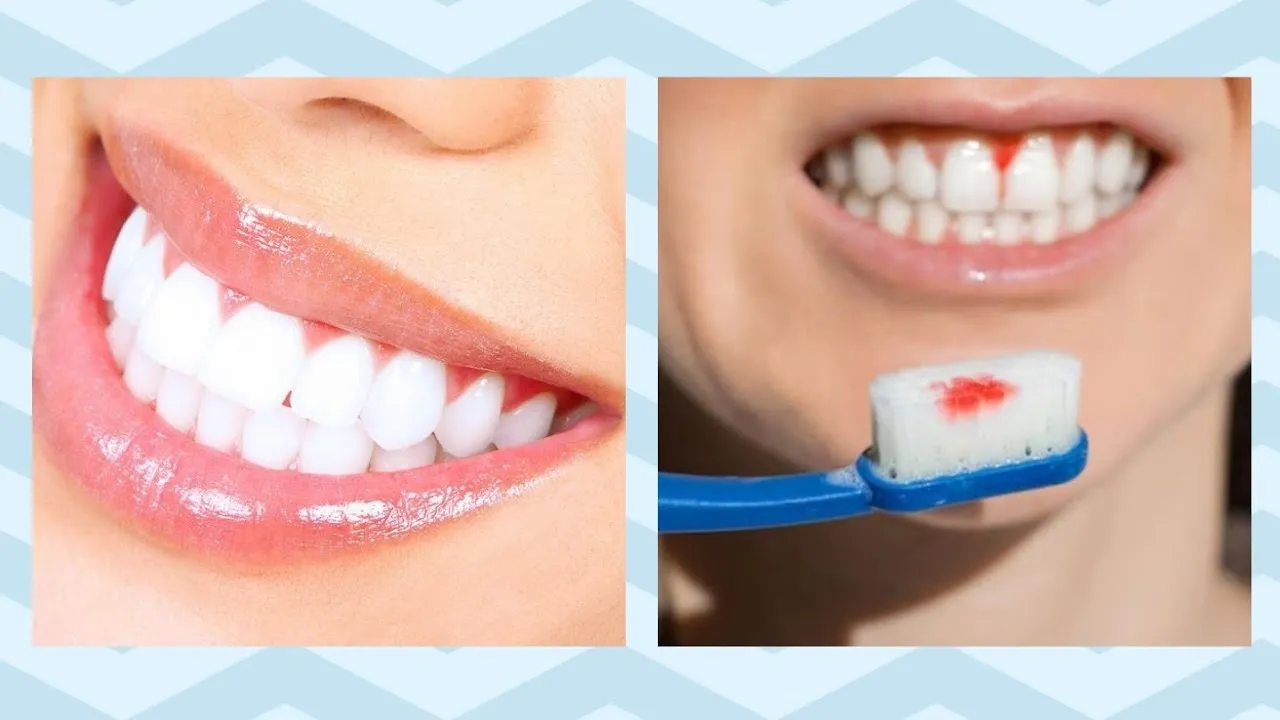
The ingredients in teeth whitening products vary, and some can trigger allergic reactions. Besides the bleaching agents, other components like flavoring agents, preservatives, and stabilizers can cause sensitivity in some individuals. It’s essential to review the ingredient list before using any whitening product, especially if you have a history of allergies or sensitivities. Opting for products with fewer additives and potentially consulting with your dentist about suitable alternatives can help minimize the risk of allergic reactions and related gum bleeding. Professional whitening treatments often use carefully selected and tested ingredients, reducing the likelihood of adverse reactions.
How to Prevent Gum Bleeding
Preventing gum bleeding during teeth whitening involves taking proactive measures to minimize the risks. This includes choosing the right whitening method, using proper application techniques, and maintaining good oral hygiene. Following these guidelines can significantly reduce the likelihood of gum irritation and bleeding, ensuring a more comfortable and effective whitening experience. Making informed choices about the products and methods used can make a big difference.
Choose the Right Whitening Method
The whitening method you choose significantly impacts the risk of gum bleeding. Professional whitening treatments performed by a dentist are generally considered safer. Dentists can monitor the process and take steps to protect your gums. Over-the-counter (OTC) products, such as whitening strips and gels, may pose a higher risk of gum irritation. Choosing the right method involves assessing your needs and preferences. Consult with your dentist to determine the most appropriate and safest option for your teeth and gums. This consideration will help reduce the chances of adverse effects.
Professional vs Over-the-Counter

Professional teeth whitening offers several advantages over over-the-counter options. Dentists can use stronger bleaching agents and customize the treatment to your specific needs, providing better results and minimizing risks. They will also protect your gums with barriers. OTC products often contain lower concentrations of bleaching agents. This might reduce the risk of irritation. However, they also may be less effective. Your dentist can evaluate your oral health and recommend a suitable whitening method. It is always recommended to discuss the options with your dentist before starting teeth whitening.
Gentle Formulas and Lower Concentrations
If you opt for at-home whitening, choose products with gentle formulas and lower concentrations of bleaching agents. These options are less likely to irritate your gums. Look for products that contain a lower percentage of hydrogen peroxide or carbamide peroxide. These may be less effective, but they are gentler on the gums. Always follow the manufacturer’s instructions carefully. This ensures proper application and reduces the risk of irritation. Your dentist might also recommend specific products that are suitable for your oral health. These products should be tested and approved before they are sold.
Proper Application Techniques
Using proper application techniques is crucial for preventing gum bleeding during teeth whitening. Following instructions carefully and avoiding overuse can significantly reduce the risk of irritation. Incorrect application can lead to the whitening agent coming into direct contact with the gums for an extended period. Always use the recommended amount of product and ensure that any trays or applicators fit snugly to prevent leakage. Avoid overfilling trays, and never apply more product than instructed. This ensures that your gums are not exposed to the bleaching agent unnecessarily.
Following Instructions Carefully
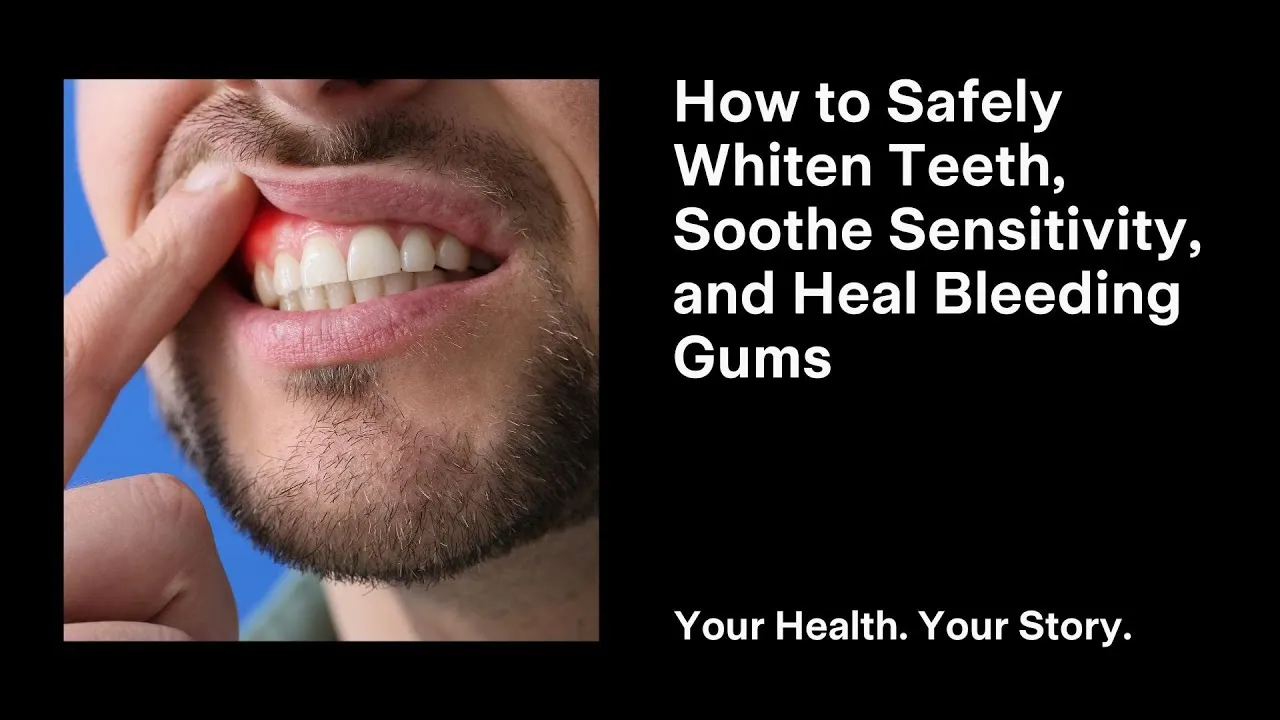
Carefully following the instructions provided with your teeth whitening product is essential for minimizing the risk of gum bleeding. Each product has specific guidelines for application, duration, and frequency of use. Pay close attention to these instructions to ensure that you are using the product safely. Exceeding the recommended treatment time or applying the product more frequently than advised can increase the risk of gum irritation. If you are unsure about any part of the instructions, consult with your dentist or the product manufacturer for clarification.
Avoiding Overuse
Overuse of teeth whitening products is a common mistake that can lead to gum bleeding and other side effects. Whitening too frequently or for too long can irritate the gums and increase sensitivity. It’s important to adhere to the recommended treatment schedule. Avoid using whitening products more often than advised. If you notice any signs of gum irritation, such as redness, swelling, or bleeding, stop using the product immediately. Give your gums time to heal before resuming any whitening treatments. Consider consulting with your dentist to discuss the best whitening frequency for your specific needs.
Maintaining Good Oral Hygiene
Maintaining good oral hygiene is essential for healthy gums and preventing bleeding during teeth whitening. Regular brushing, flossing, and using a soft-bristled toothbrush are crucial for removing plaque and bacteria. These practices help to keep your gums healthy and reduce the risk of irritation. Healthy gums are less likely to bleed when exposed to whitening agents. Consistent oral hygiene helps reduce gingivitis and inflammation.
Regular Brushing and Flossing
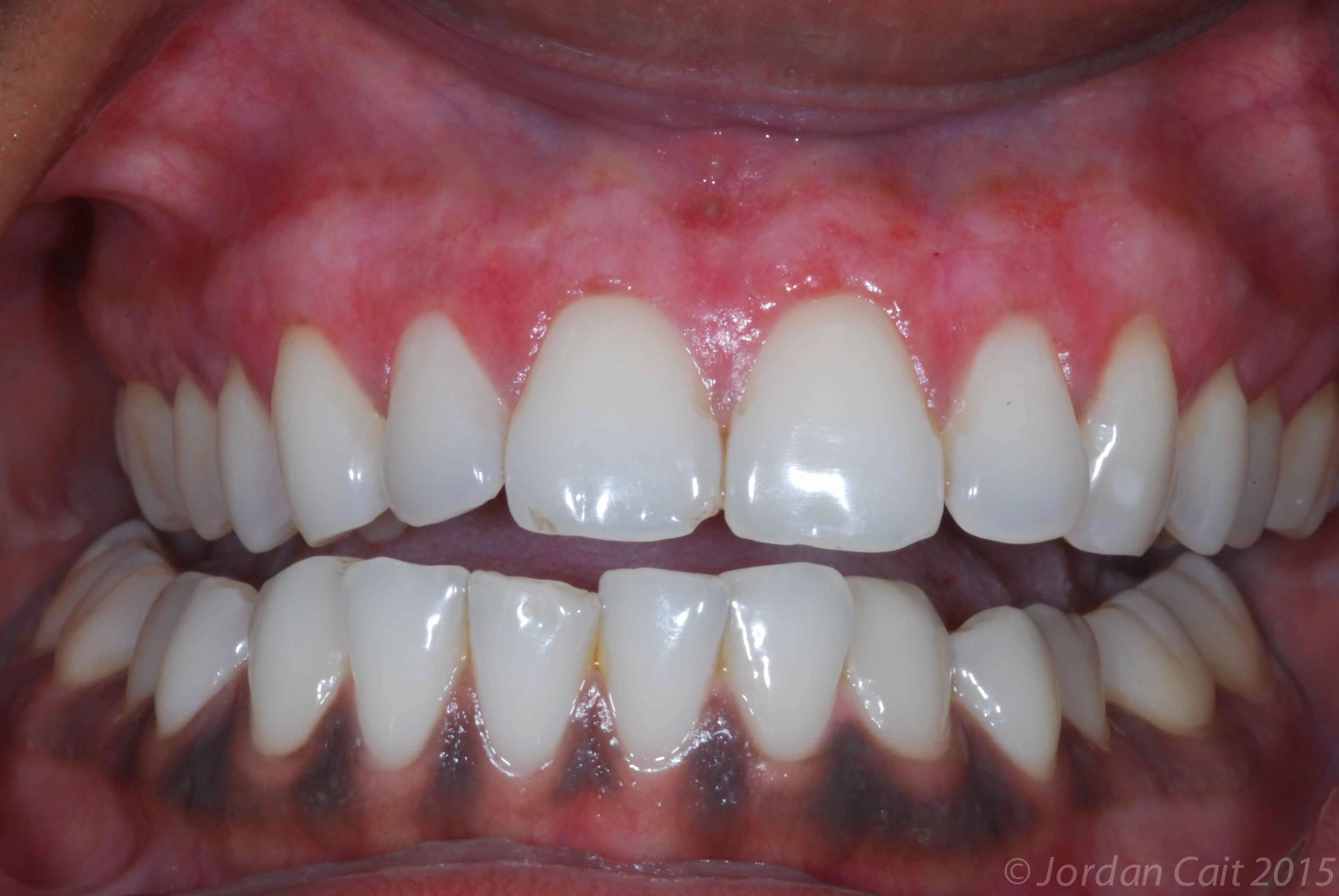
Regular brushing and flossing are fundamental to maintaining good oral hygiene. Brushing twice a day with fluoride toothpaste helps remove plaque and bacteria from your teeth and gums. Flossing daily removes plaque and food particles from between your teeth, where a toothbrush cannot reach. This prevents the buildup of bacteria that can lead to gum inflammation and bleeding. By incorporating these practices into your daily routine, you can maintain healthy gums and reduce the risk of complications during teeth whitening.
Using a Soft-Bristled Toothbrush
Using a soft-bristled toothbrush is gentler on your gums and can help prevent irritation and bleeding. Hard-bristled toothbrushes can be too abrasive. They may damage the gums and cause them to bleed, especially if you brush too vigorously. A soft-bristled toothbrush effectively removes plaque and bacteria while minimizing the risk of gum trauma. Replace your toothbrush every three months. This ensures that the bristles remain soft and effective. Brushing with a soft-bristled toothbrush is a simple yet effective way to promote healthy gums and reduce the risk of gum bleeding during teeth whitening.
When to Seek Professional Help
If you experience persistent gum bleeding or any other concerning symptoms during or after teeth whitening, it is essential to seek professional help. Consulting with your dentist can help you identify and address any underlying issues that might be contributing to the problem. This also can ensure that your teeth and gums remain healthy. Your dentist can assess your oral health and provide appropriate treatment and recommendations.
Consult Your Dentist
Consulting with your dentist is the first step when experiencing gum bleeding after teeth whitening. Your dentist can evaluate your gums, assess the cause of the bleeding, and recommend the appropriate course of action. They can also ensure that the whitening treatment is not causing any harm. Your dentist can offer professional teeth whitening options. They can also provide guidance on proper oral hygiene practices. Schedule an appointment with your dentist if you experience any discomfort or bleeding, even if it seems minor.
Addressing Underlying Dental Issues
If your dentist identifies any underlying dental issues contributing to the gum bleeding, it is essential to address them promptly. This might involve treating cavities, managing gum disease, or addressing other dental problems. Resolving these underlying issues will improve your overall oral health and reduce the likelihood of complications during teeth whitening. Your dentist may recommend postponing the whitening treatment until these issues are resolved. Prioritizing the health of your teeth and gums will ensure a safe and effective teeth whitening experience.
Additional Tips for Healthy Gums
In addition to the tips mentioned above, several other practices can contribute to healthy gums and reduce the risk of gum bleeding. These include maintaining a balanced diet, avoiding smoking, and getting regular dental check-ups. Following these guidelines can support your oral health. These steps will promote overall well-being and enhance your teeth whitening experience.
